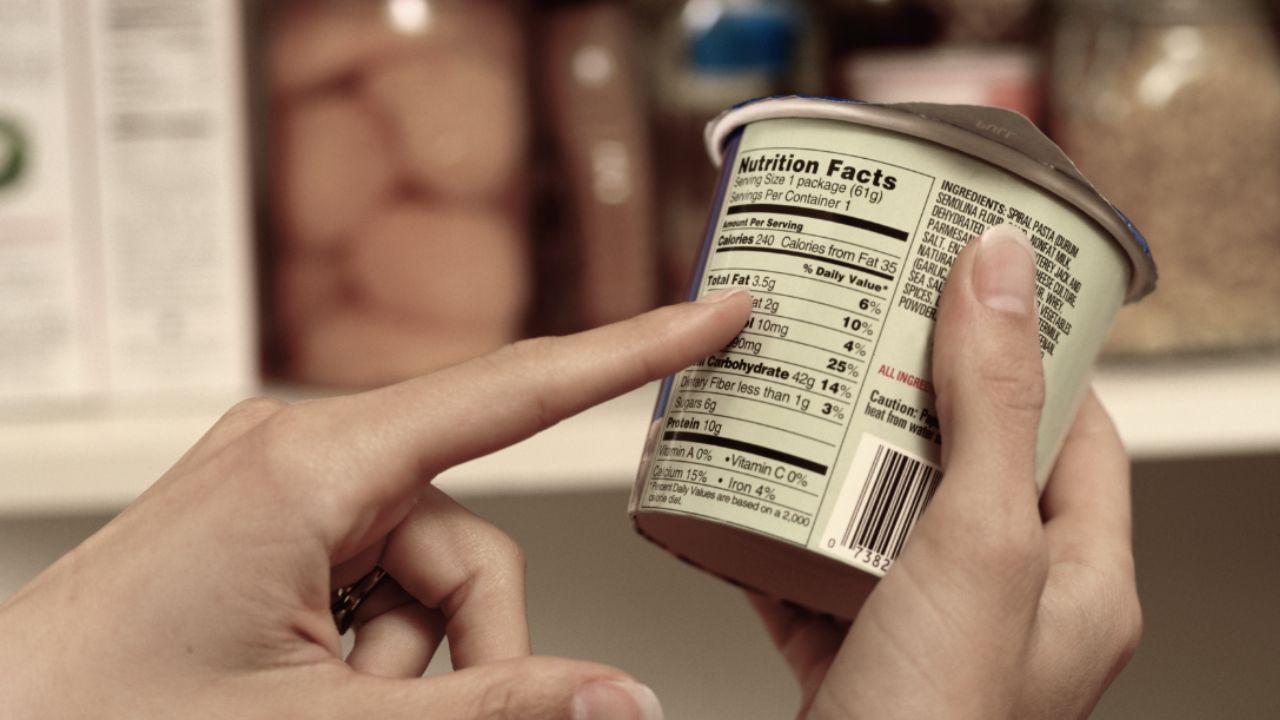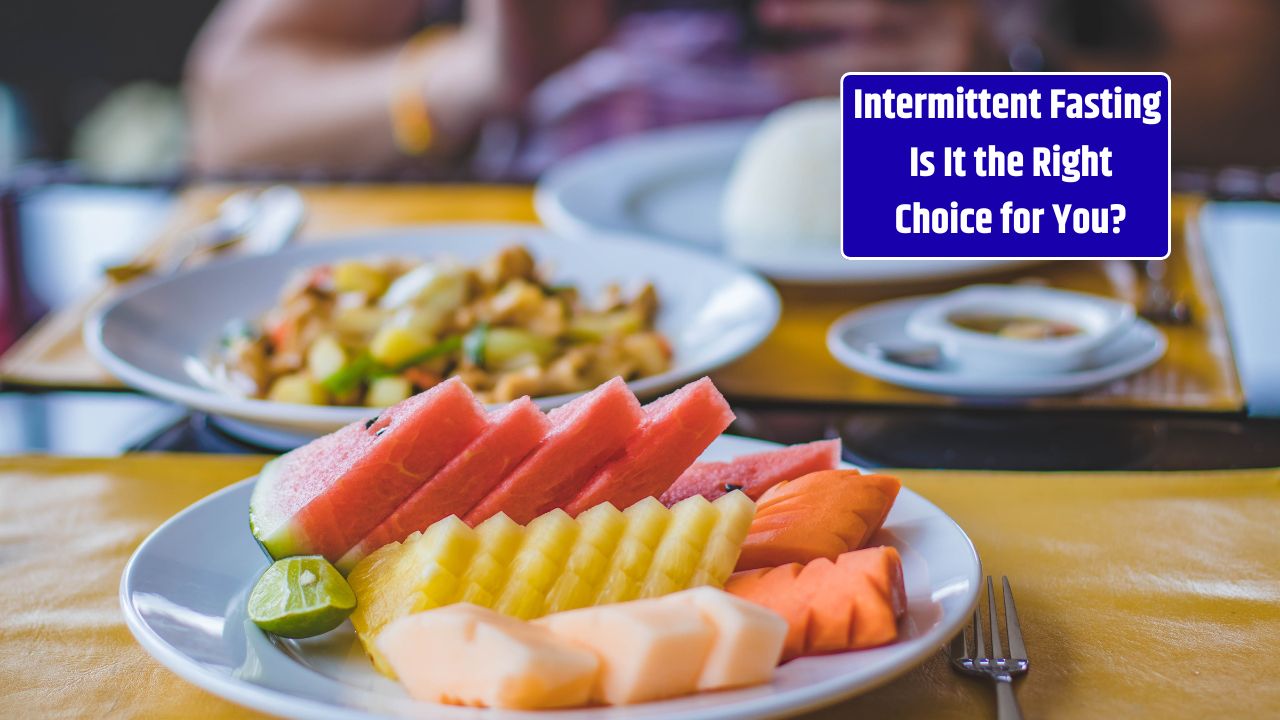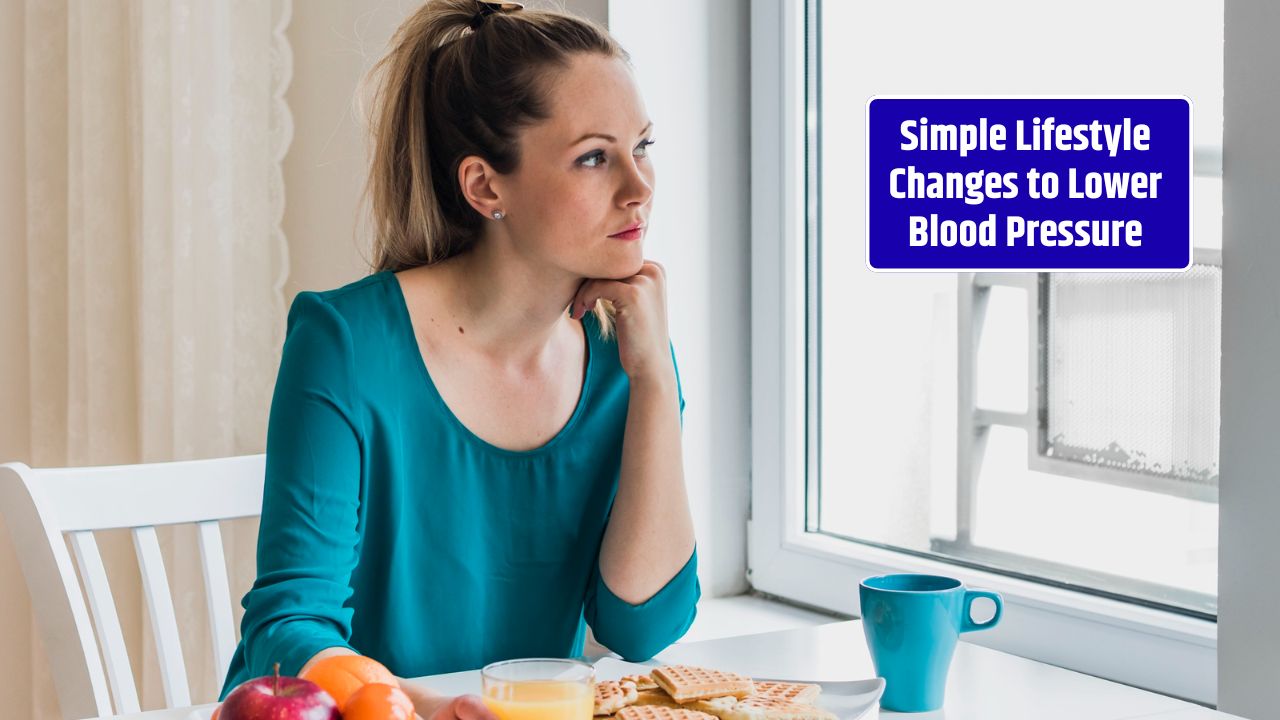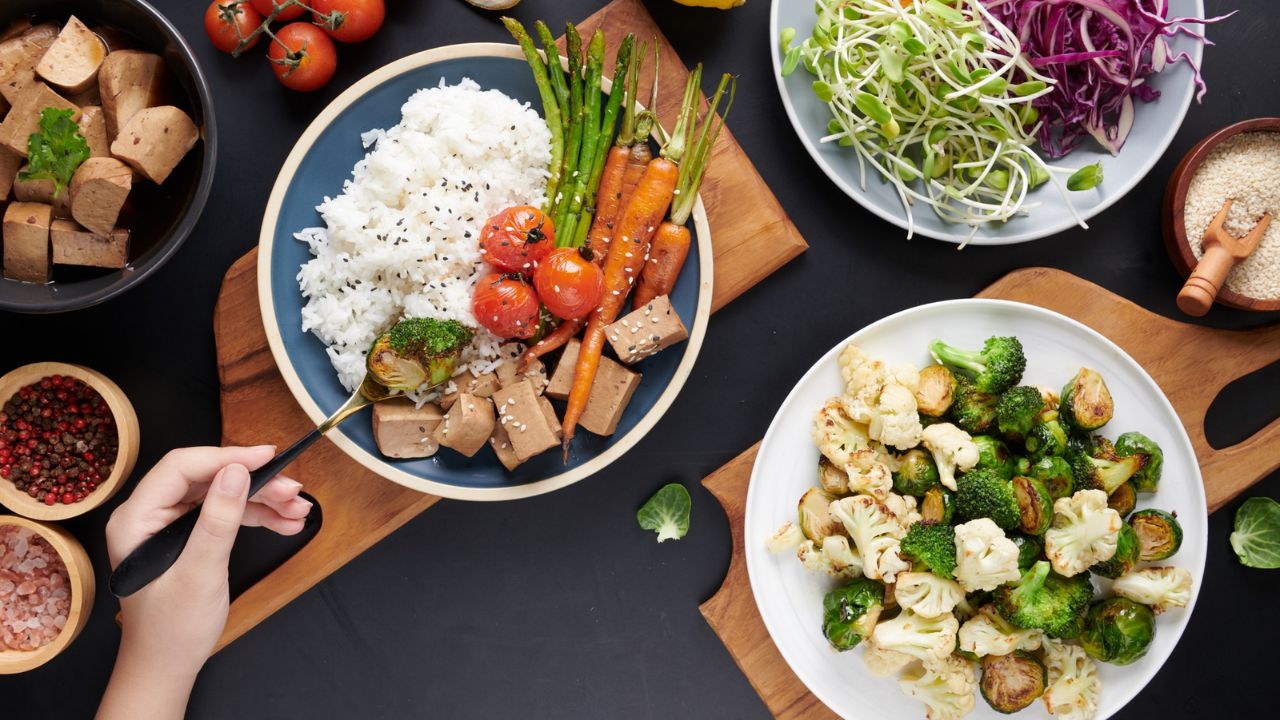You grab a “healthy-looking” snack at the grocery store—maybe something boasting all natural, low fat, or made with whole grains. Sounds good, right? But flip it over, and the real story is in that little black-and-white box: the nutrition label.
Trouble is, most of us glance at it (calories, maybe sugar) and move on, without really knowing how to decode the fine print. Reading nutrition labels isn’t rocket science, but it does take practice. Once you get the hang of it, you’ll shop smarter, eat better, and avoid falling for marketing gimmicks.
Start with Serving Size
At the very top, you’ll find serving size. This is the baseline for everything else. If a bag of chips says “Serving size: 10 chips” but you eat 30, you’re getting three times the calories, fat, sodium, and sugar listed. Sneaky, right? Always check this first.
Calories Aren’t the Whole Story
Yes, calories matter—they measure how much energy you’re getting. But focusing only on calories misses the point. A 200-calorie candy bar isn’t the same as a 200-calorie salad. Look beyond the number to where those calories are coming from.
The Nutrients to Limit
Some items on the label you’ll want to keep in check:
- Saturated Fat & Trans Fat: Too much can raise cholesterol and heart disease risk.
- Added Sugars: Look for “Includes Xg added sugars.” Ideally, added sugar should stay under 10% of your daily calories, per the Dietary Guidelines for Americans.
- Sodium: High sodium sneaks into packaged foods, leading to high blood pressure. Aim for less than 2,300 mg per day.
The Nutrients to Prioritize
On the flip side, labels also highlight what you want more of:
- Dietary Fiber: Supports digestion and helps you feel full.
- Protein: Key for muscles, energy, and repair.
- Vitamins & Minerals: Vitamin D, calcium, iron, and potassium are often listed because many Americans don’t get enough of them.
Understanding % Daily Value (%DV)
This is the part most people skim past, but it’s actually your cheat sheet. The %DV shows how much one serving of food contributes to your daily recommended intake (based on a 2,000-calorie diet).
- 5% DV or less = low
- 20% DV or more = high
Example: If a cereal has 25% DV for iron, one serving covers a quarter of your daily iron needs.
Ingredients List: The Hidden Story
Below the nutrition facts box is the ingredients list, ordered from most to least. This is where you spot red flags. If sugar, corn syrup, or refined flour are among the first three ingredients, that “healthy” snack may not be so healthy. Pro tip: the shorter and simpler the ingredient list, the better.
Quick Reference Table
| Label Section | What to Check | Why It Matters |
|---|---|---|
| Serving Size | Compare to your actual portion | Prevents underestimating calories/nutrients |
| Calories | Energy measure | Context, not the whole story |
| Fats | Low in saturated & zero trans | Protects heart health |
| Added Sugars | Under 10% of daily calories | Reduces risk of diabetes, weight gain |
| Sodium | < 2,300 mg daily | Lowers blood pressure risk |
| Fiber & Protein | Higher is better | Satiety, digestion, muscle support |
| Vitamins & Minerals | Aim for higher %DV | Prevents deficiencies |
| Ingredients | Simple, whole-food sources | Avoids hidden sugars/additives |
Common Label Traps
- “Low fat” foods often load up on sugar to make up for taste.
- “Multigrain” bread isn’t always whole grain—look for “100% whole wheat.”
- “Natural” doesn’t mean healthy; it’s loosely regulated.
- Tiny serving sizes can make a junk food look reasonable.
Why This Matters
In a country where nearly 74% of adults are overweight or obese (per the CDC), making better food choices isn’t optional—it’s survival. Labels empower you to take control, not rely on front-of-package marketing buzzwords.
FAQs:
How do I know if a food is healthy just from the label?
Check for high fiber, protein, and essential nutrients; low added sugars, sodium, and unhealthy fats.
Should I avoid all fats listed on labels?
No. Unsaturated fats (from nuts, seeds, fish, olive oil) are beneficial. It’s saturated and trans fats you should limit.
Is the %DV the same for everyone?
Not exactly. It’s based on a 2,000-calorie diet, so your needs may differ, but it’s still a helpful guide.











